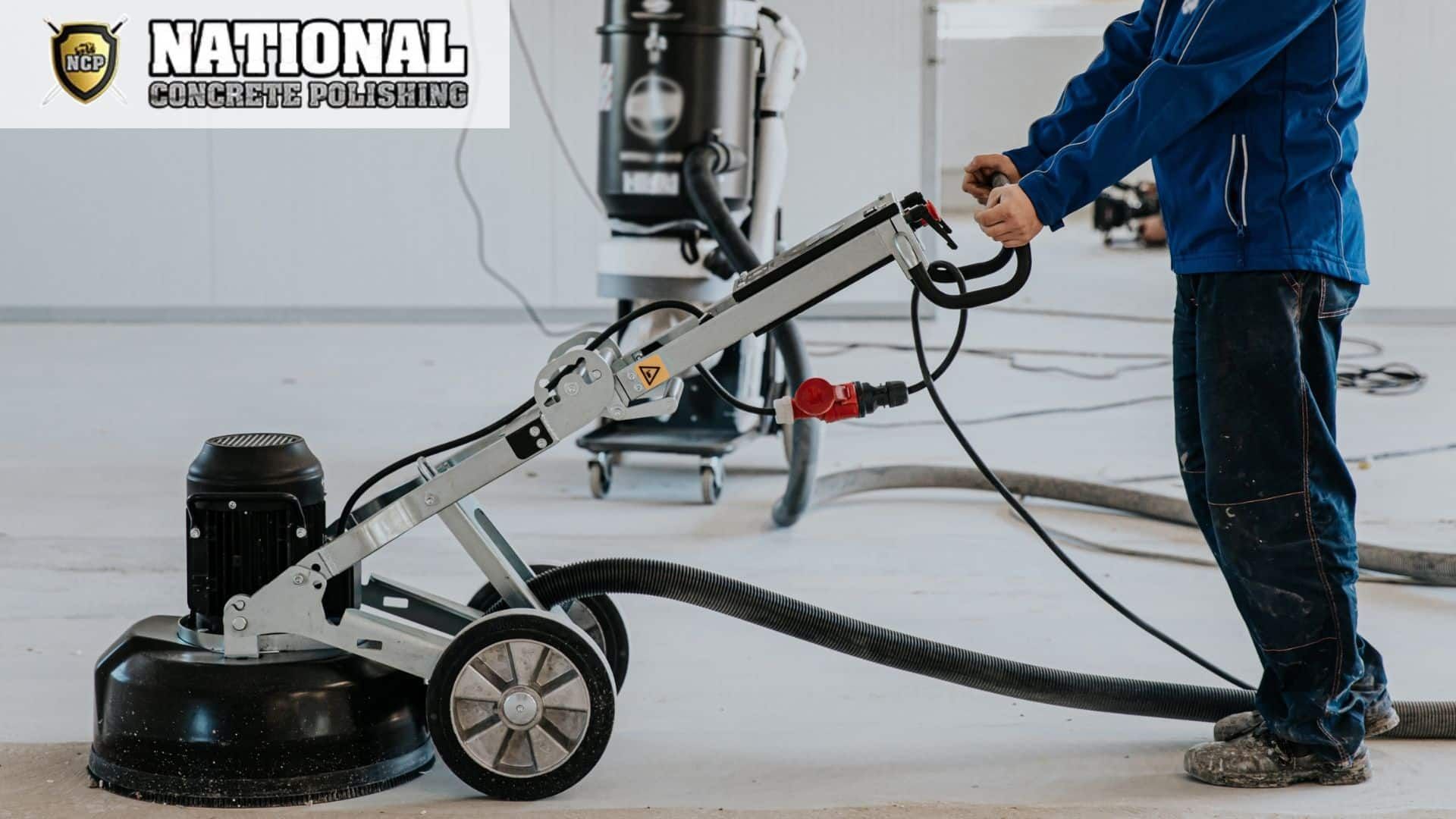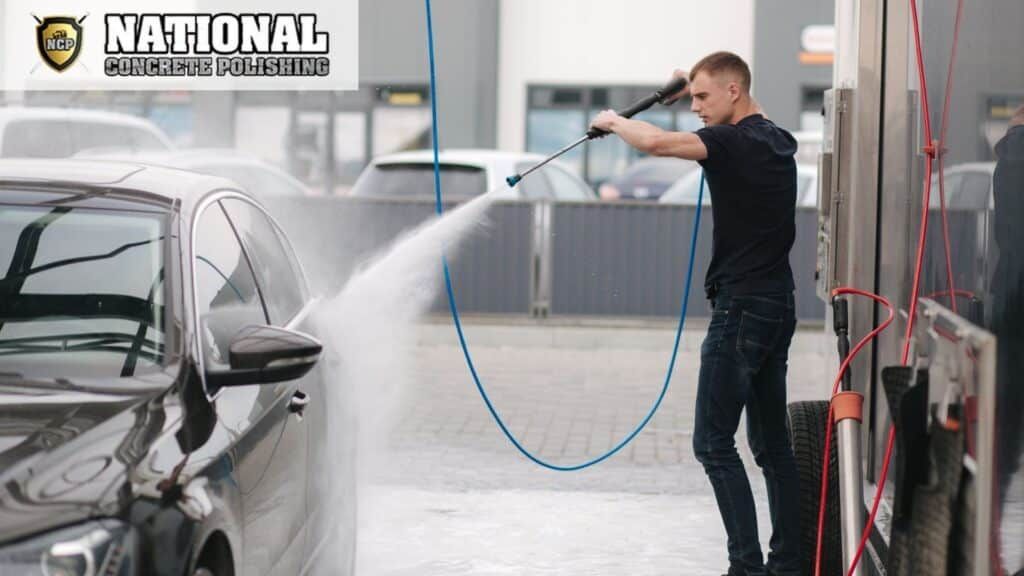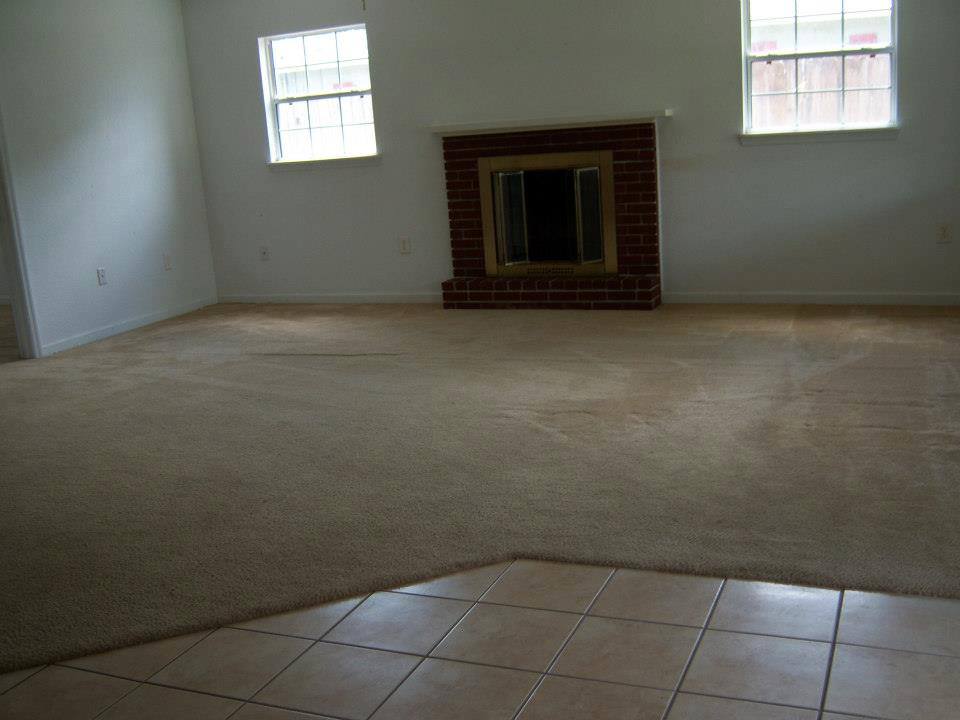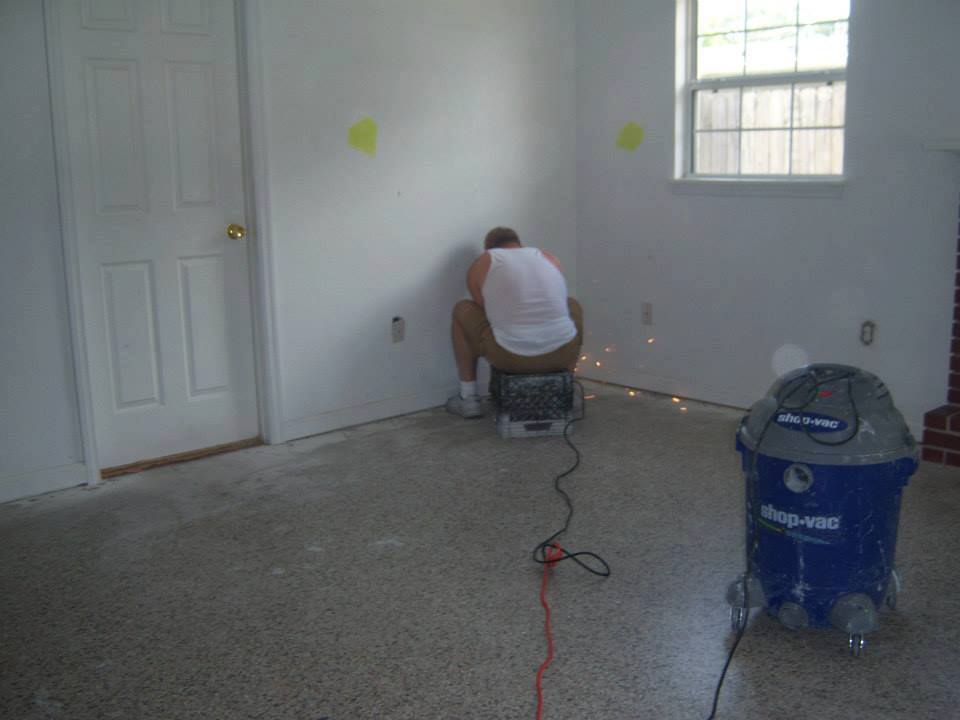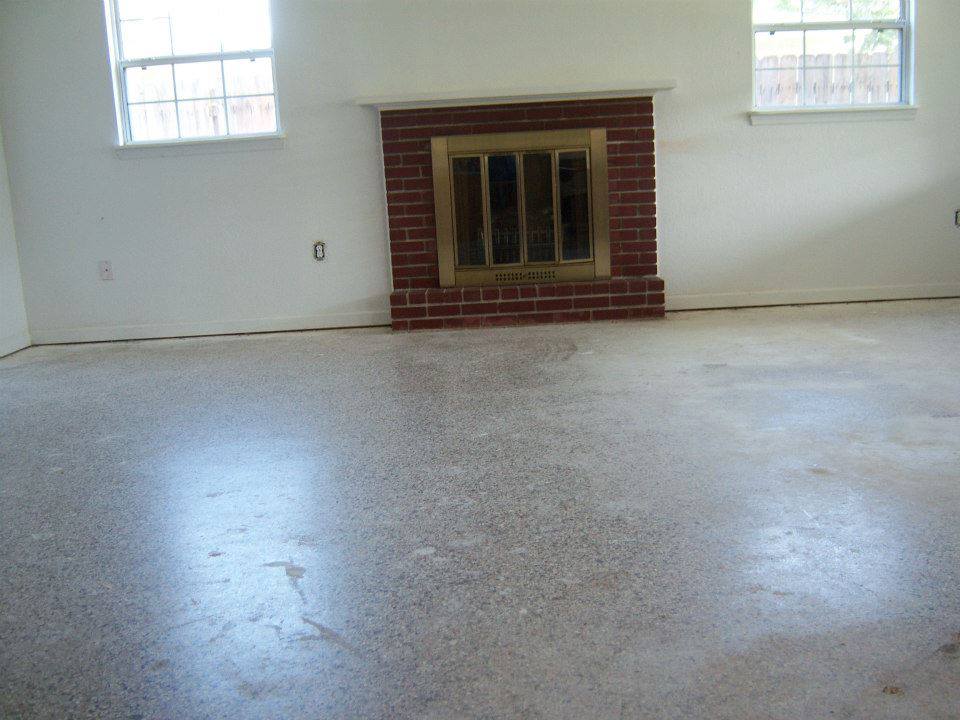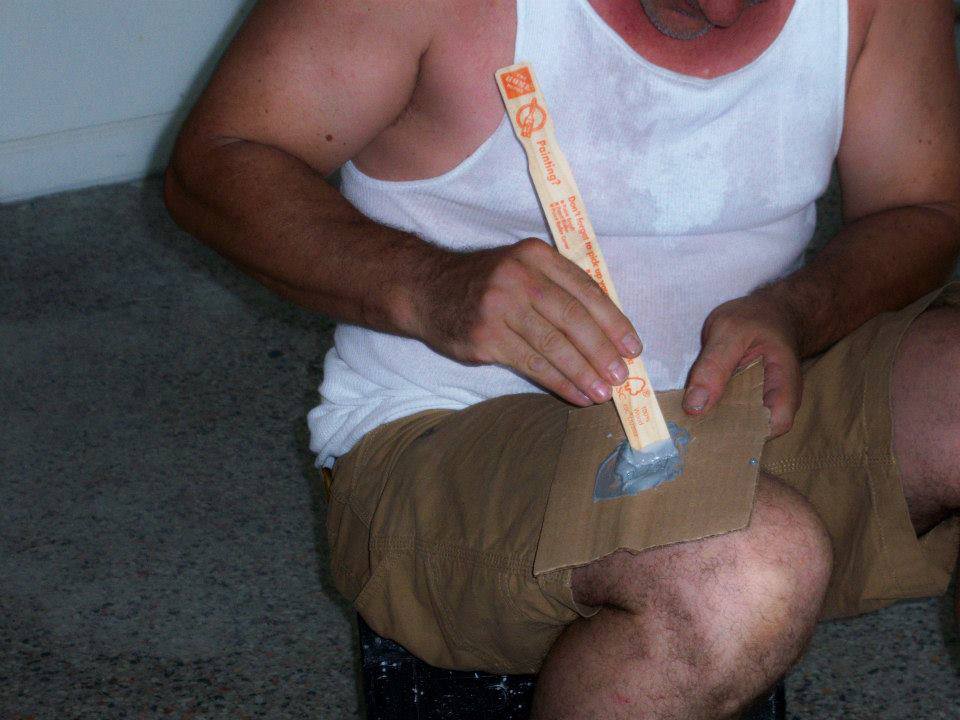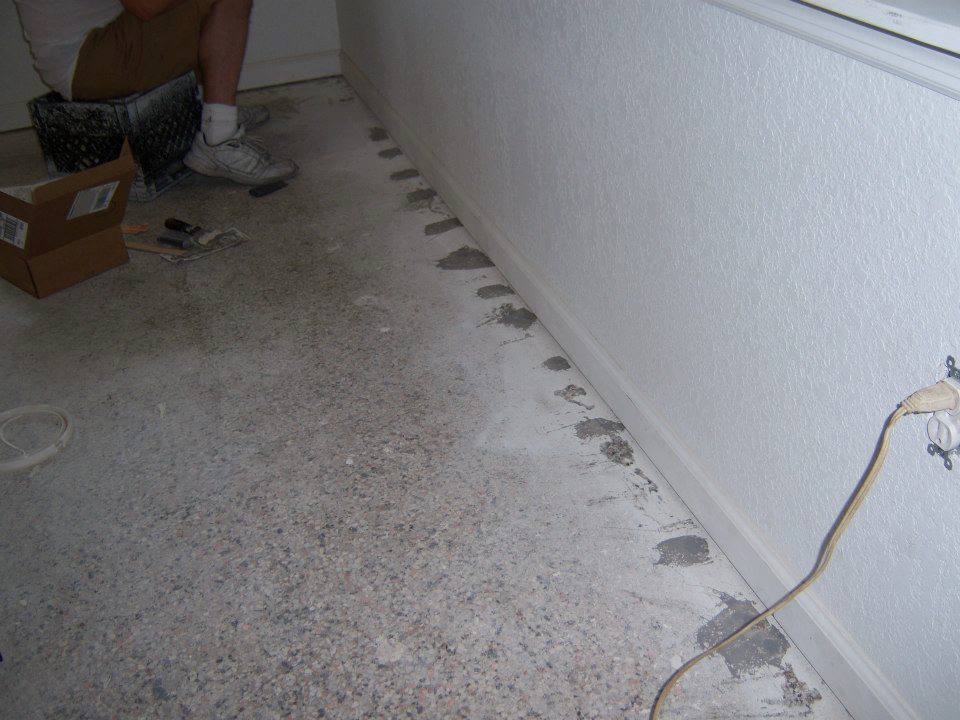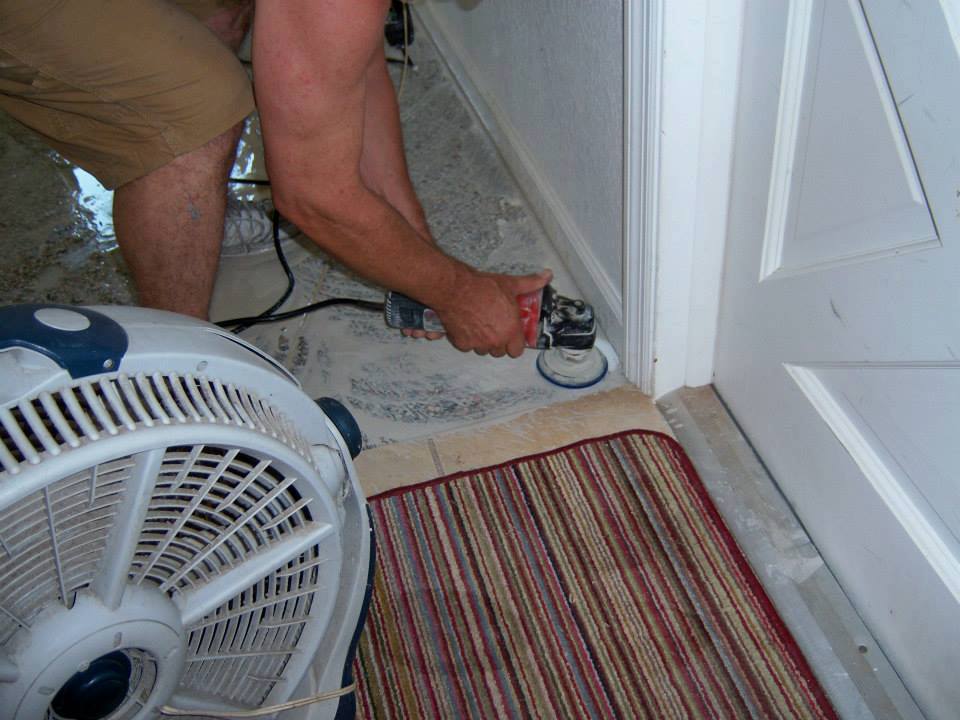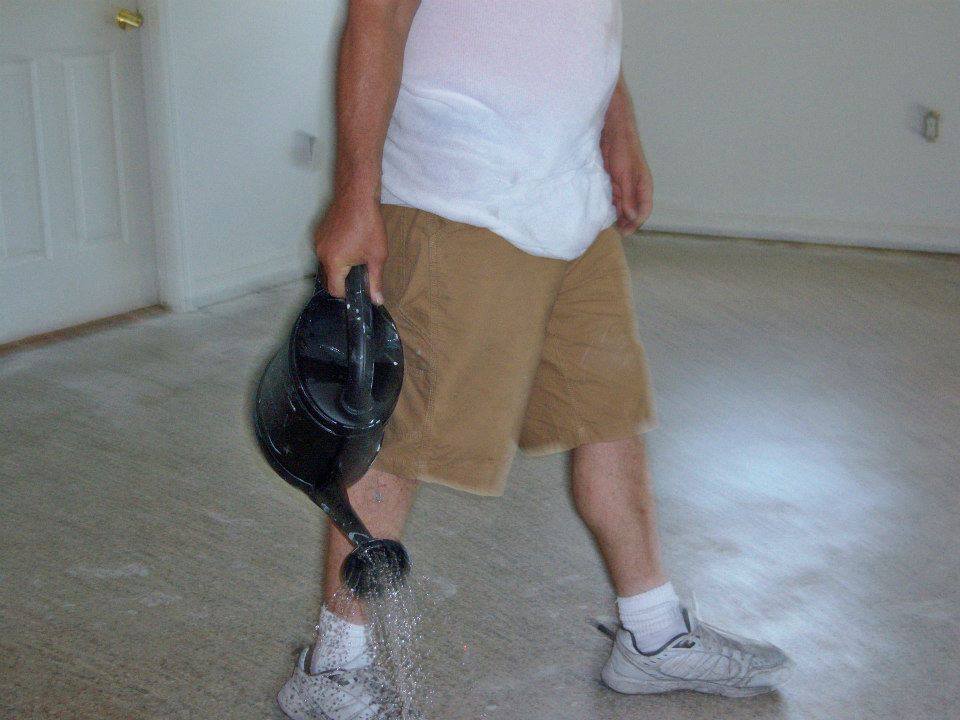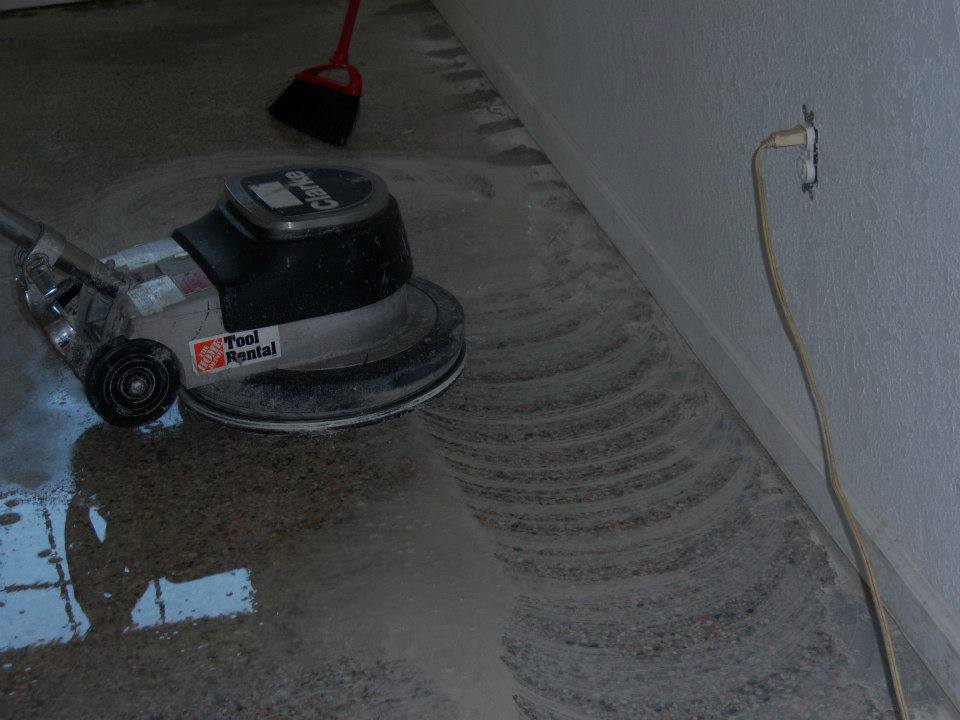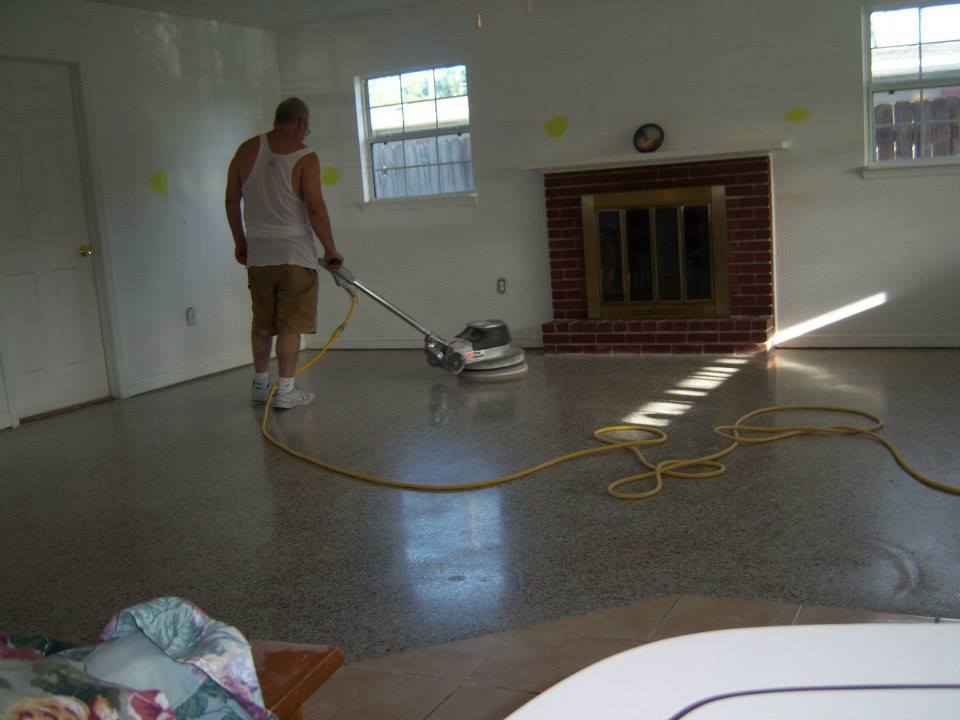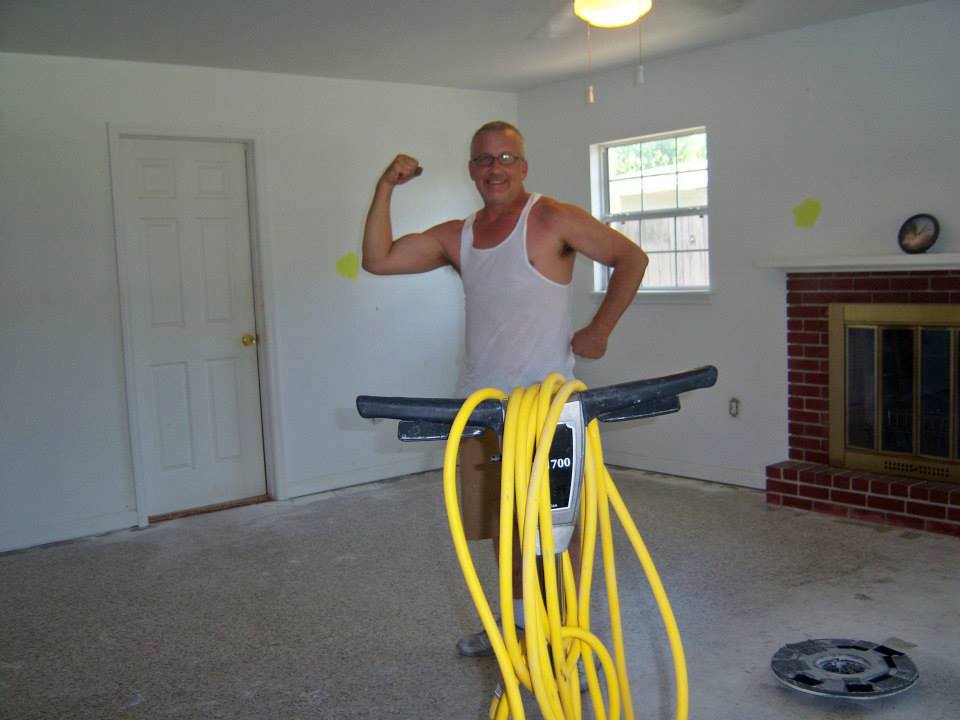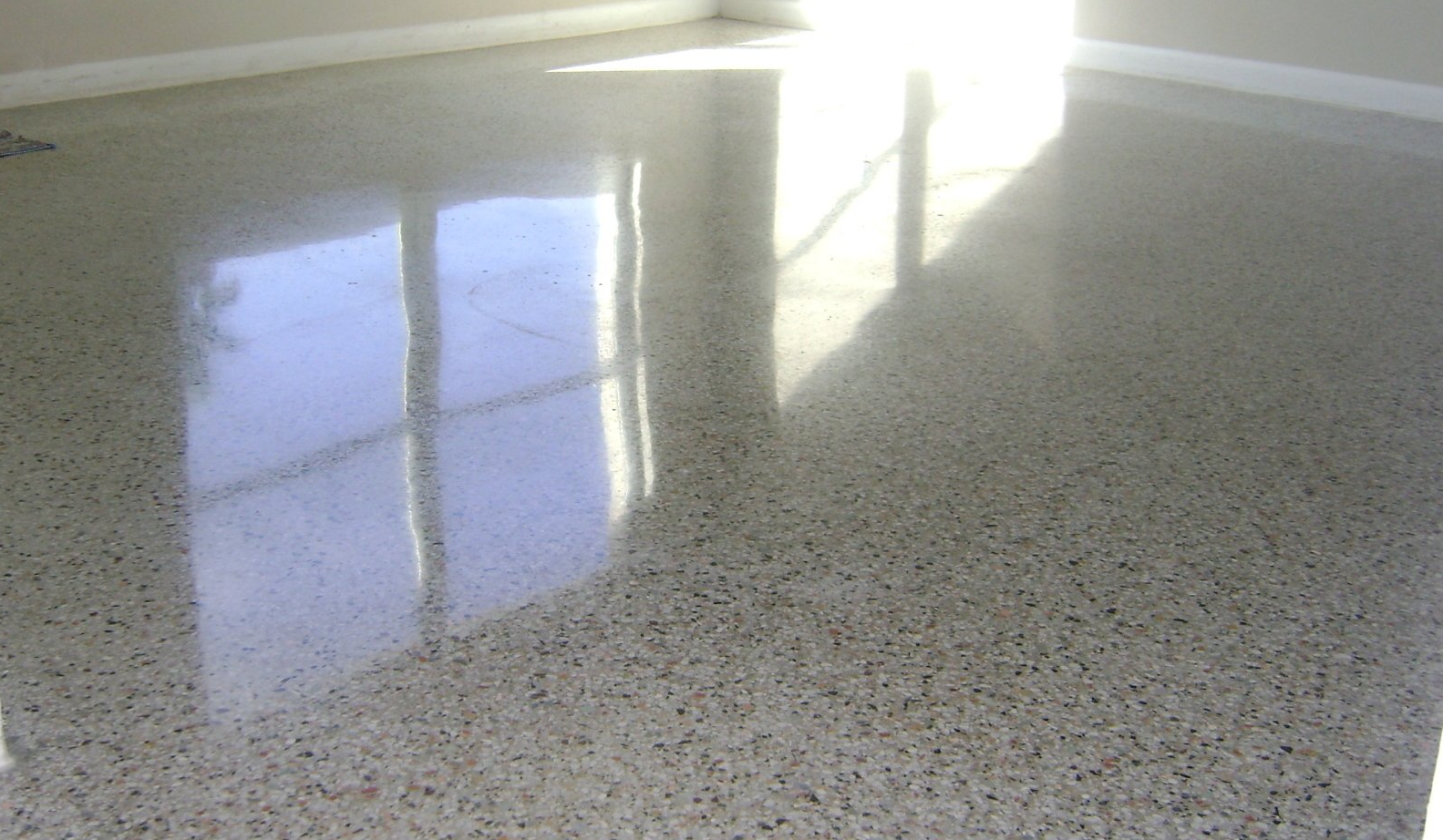What Do You Wash Epoxy Floors With? Best Cleaners and Methods Explained
Over 60% of industrial facilities now use epoxy flooring for its unmatched durability and seamless finish. This resilient surface resists stains better than concrete or tile, but improper cleaning can strip its protective layers within months. Many property managers discover this too late—after their glossy floors become dull or discolored.
Maintaining these surfaces requires specific techniques that differ from standard floor care. Hot water and pH-neutral cleaners work best, while harsh chemicals degrade the epoxy coating. Simple daily sweeping paired with weekly deep cleaning preserves both safety and shine.
Commercial kitchens and warehouses rely on epoxy for its water-tight surface, yet spills still demand immediate attention. Using the wrong tools—like abrasive scrubbers or ammonia-based products—leads to premature wear. National Concrete Polishing experts recommend microfiber mops and gentle detergents to extend your floor’s lifespan.
Key Takeaways
- Epoxy flooring outperforms traditional materials in high-traffic areas
- Gentle cleaning methods protect the surface from scratches and chemical damage
- Immediate spill cleanup prevents stains and maintains hygiene standards
- Regular maintenance reduces long-term repair costs by up to 70%
- Consult professionals for customized care plans matching your space’s needs
Understanding Epoxy Floors and Their Cleaning Essentials
Epoxy flooring’s popularity stems from its unique construction. Unlike traditional options with joints or grout, its continuous surface simplifies contamination removal. This feature doesn’t eliminate maintenance needs but changes how you approach them.
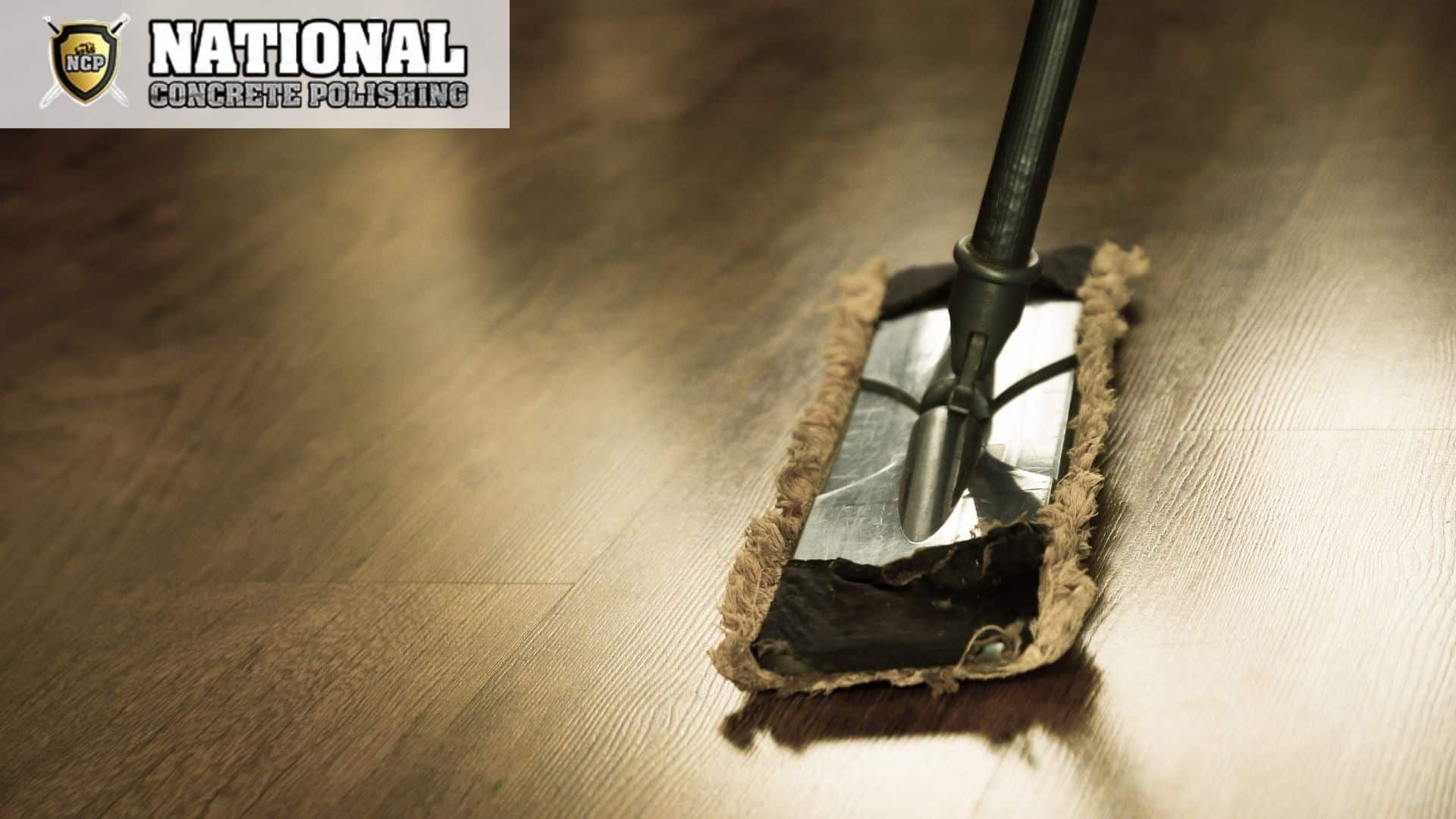
Characteristics and Durability of Epoxy Flooring
Industrial-grade epoxy forms a bonded layer that resists liquid absorption. This non-porous quality blocks bacteria growth and chemical penetration. High-traffic areas benefit from its impact resistance, though surface protection requires strategic care.
| Feature | Epoxy | Tile | Concrete |
|---|---|---|---|
| Cleaning Time | 15 mins/100 sqft | 25 mins/100 sqft | 20 mins/100 sqft |
| Stain Resistance | High | Medium | Low |
| Surface Damage Risk | Scratches | Cracked grout | Pitting |
| Lifespan with Care | 10-15 years | 8-12 years | 5-8 years |
Challenges in Keeping Epoxy Surfaces Clean
Heavy equipment leaves micro-scratches that collect dirt over time. Oil spills become problematic if not addressed within 30 minutes. Standing water from poor drainage accelerates coating degradation in loading docks or food processing areas.
Weekly inspections identify worn areas before contaminants breach the surface. Immediate attention to spills preserves the floor’s chemical resistance. Proper technique prevents abrasive damage during routine maintenance.
What do you wash epoxy floors with? Key Cleaners Explored
Maintaining epoxy surfaces requires precision in cleaner selection. The wrong chemicals degrade coatings, while proper solutions extend lifespan and preserve slip resistance. Industry leaders recommend these verified options for optimal results.
Safe Cleaning Agents for Epoxy Floors
Neutral-pH cleaners dominate professional maintenance routines. Oasis 133 and EcoLab High-Performance Neutral Cleaner remove grease without chemical reactions. For household use, Dawn or Ivory dish soap diluted in warm water works effectively.
- JetRock JRCS1000: Industrial-strength solution for heavy contamination
- Simple Green: Mix ½ cup per gallon for degreasing
- Diluted ammonia: 5 oz per gallon eliminates streaks safely
Hot water alone suffices for daily upkeep in low-traffic areas. This method prevents residue buildup between deep cleanings.
Products and Solutions to Avoid
Enzymatic formulas like Wash N’ Walk break epoxy’s molecular bonds. Acidic substances cause irreversible damage:
- Vinegar or citrus cleaners etch surfaces within weeks
- Bleach creates yellow discoloration and weakens coatings
- Concentrated ammonia requires hazmat protocols
High-detergent soaps leave slippery films, while abrasive powders scratch the finish. Always verify product pH levels before application.
Step-by-Step Epoxy Floor Maintenance Guide
Proper maintenance transforms durable surfaces into long-lasting assets. Follow this systematic approach to preserve both appearance and structural integrity across industrial and residential spaces.
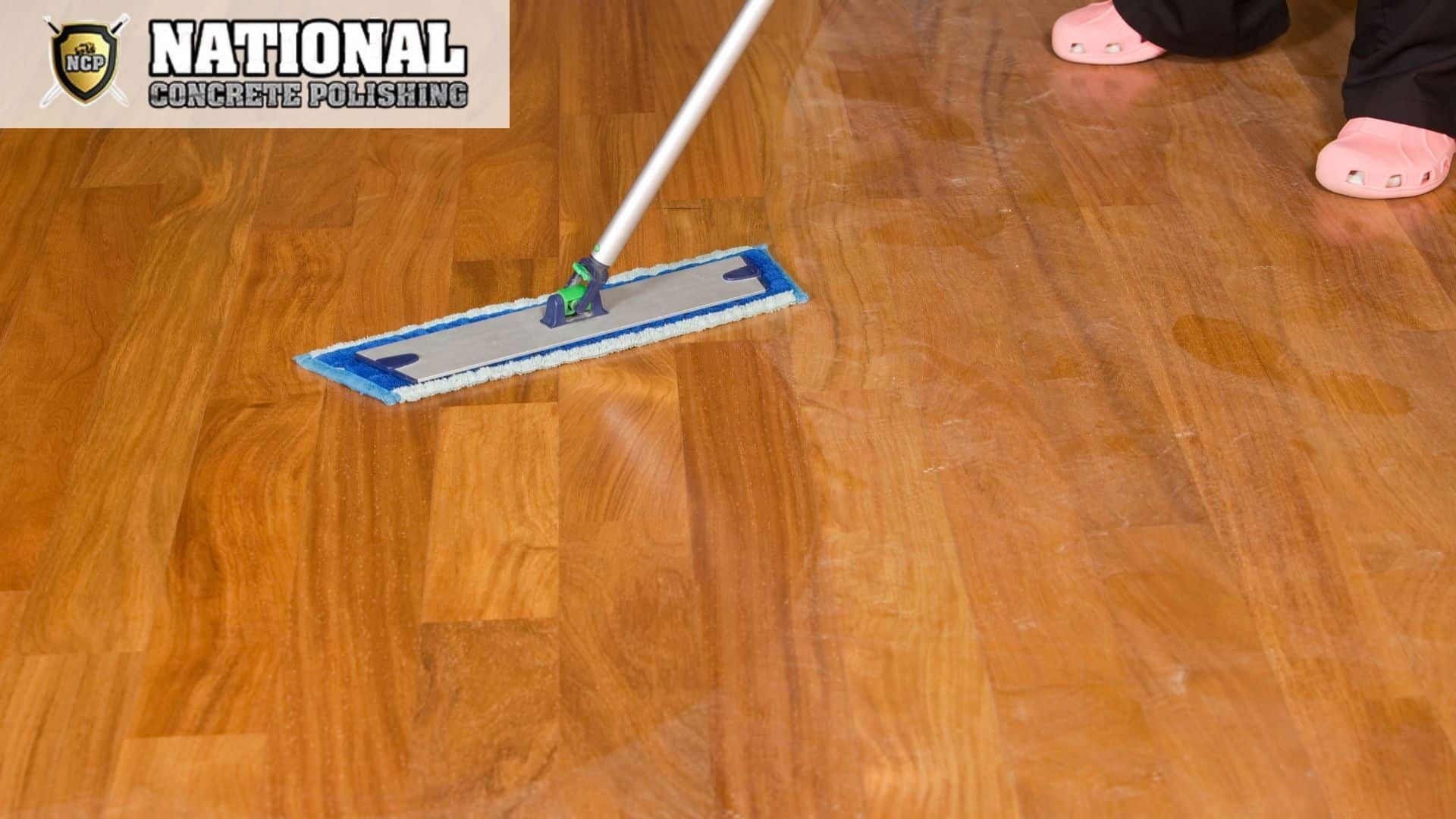
Preparation and Debris Removal Techniques
Clear all movable objects before starting. Use industrial brooms or HEPA-filter vacuums to eliminate abrasive particles. Pay extra attention to corners where grit accumulates.
Inspect for oil spots or chemical residues. Absorb fresh spills with oil-dry compounds immediately. Dry methods prevent liquid spread during initial cleaning phases.
Mixing and Applying the Right Cleaning Solutions
Combine hot water (120°F) with pH-neutral cleaners in 5-gallon buckets. Measure concentrations precisely—over-diluted solutions won’t cut grease, while strong mixes leave slippery residues.
Apply mixture using low-pressure sprayers. Cover 4×4 foot sections systematically. Let solution penetrate stains for 3 minutes without drying. This dwell time lifts contaminants effectively.
Effective Rinsing and Drying Methods
Flush surfaces with 140°F water using rotary machines or garden hoses. Angle spray toward drains to prevent pooling. Multiple rinse cycles remove all soap traces.
Remove moisture completely with rubber-blade squeegees. Follow with microfiber mops for streak-free results. In food processing areas, add 20-minute air drying before reopening traffic.
Professional Epoxy Floor Care Services
Commercial facilities gain significant advantages from professional maintenance programs. Specialized teams combine daily cleaning routines with advanced techniques to protect surfaces in high-traffic areas. This approach reduces long-term costs while maintaining safety standards.
Expert technicians use industrial-grade equipment like rotary scrubbers and low-pressure power washers. These tools remove embedded contaminants without damaging protective coatings. Custom schedules match your facility’s needs – weekly deep cleaning for warehouses or monthly treatments for retail spaces.
Professional services eliminate guesswork in product selection and application. Trained crews understand how different epoxy formulations react to cleaning agents. They apply protective sealants during maintenance visits to extend your floor’s lifespan.
Companies like National Concrete Polishing in South Florida (+1 877-661-7562) offer tailored care plans. Their programs include damage assessments and preventive strategies unavailable in DIY approaches. Regular professional maintenance often costs less than repairing chemical damage or replacing worn sections.
Scheduled care preserves warranty coverage and meets industry regulations. Facilities maintain pristine appearances without diverting staff time to complex cleaning tasks. This lets businesses focus on core operations while ensuring floors stay safe and functional.
Conclusion
Maintaining pristine surfaces requires matching durable materials with intelligent care strategies. The right cleaning solutions preserve epoxy flooring’s structural integrity while enhancing safety in commercial and residential spaces. Proper techniques prevent chemical erosion and physical damage that degrade surfaces prematurely.
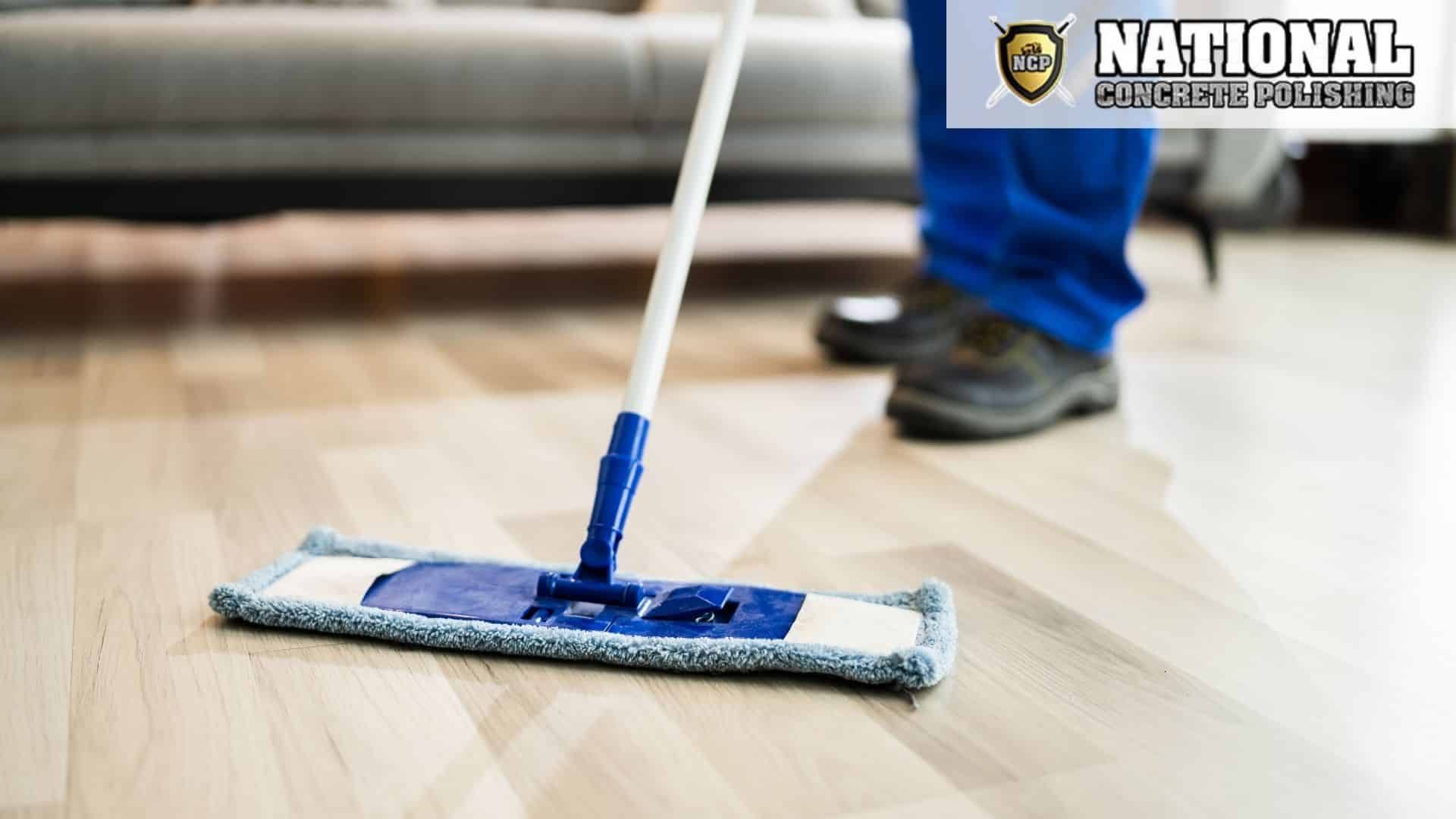
Effective care combines daily sweeping with scheduled deep cleaning. Use pH-neutral products and microfiber tools to lift contaminants without scratching the finish. Immediate attention to spills and stains prevents permanent marks, while thorough rinsing eliminates slippery residues.
Avoid shortcuts like acidic mixtures or abrasive pads – these compromise protective layers within weeks. Professional services become essential for large facilities where specialized equipment ensures uniform results. Their expertise extends coating lifespan through customized maintenance plans.
Consistent care protects your investment and maintains hygienic conditions. Follow manufacturer guidelines for optimal results, and consult certified technicians when tackling stubborn buildup. This proactive approach keeps surfaces functional and visually appealing for decades.
FAQ
Are epoxy floors difficult to maintain?
Epoxy flooring is low-maintenance due to its durable, nonporous surface. Regular sweeping and occasional mopping with mild solutions like diluted ammonia or pH-neutral cleaners keep it looking new. Avoid harsh chemicals to preserve the coating.
Can vinegar damage epoxy surfaces?
Yes. Acidic substances like vinegar or citrus-based cleaners can degrade the epoxy’s glossy finish over time. Stick to gentle solutions such as dish soap mixed with warm water or commercial cleaners designed for epoxy coatings.
How often should epoxy floors be cleaned?
Sweep daily to remove abrasive debris. For deeper cleaning, mop weekly using a soft-bristle brush or microfiber mop. High-traffic areas may need more frequent attention to prevent dirt buildup and surface wear.
What removes tough stains from epoxy flooring?
For oil or grease stains, apply a degreaser like Simple Green or Krud Kutter. Let it sit for 5–10 minutes, then scrub gently. Rinse thoroughly with water and dry with a squeegee to avoid residue.
Is steam cleaning safe for epoxy floors?
High-heat steam cleaners can weaken the epoxy bond. Instead, use lukewarm water and a mild detergent. Excess moisture should be wiped immediately to prevent slipping or seeping into seams.
When should professionals handle epoxy floor care?
Consider hiring experts for deep stains, discoloration, or coating repairs. Companies like ArmorPoxy or EpoxyMaster offer specialized services to restore shine and address chemical damage without risking DIY errors.


